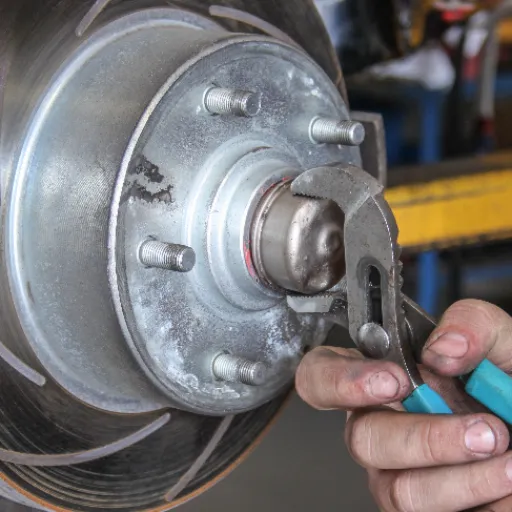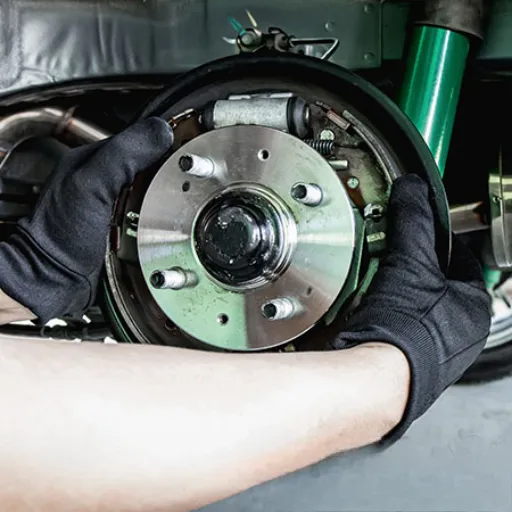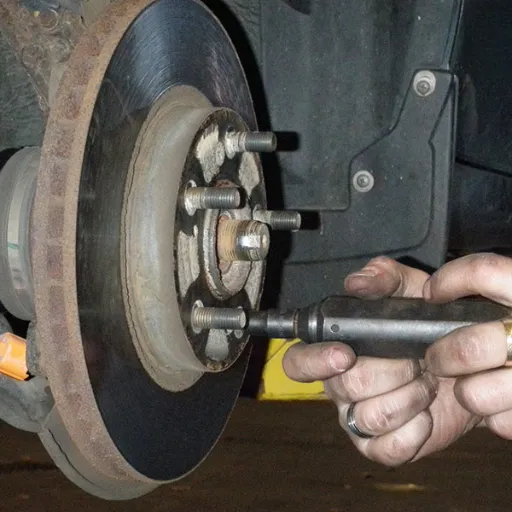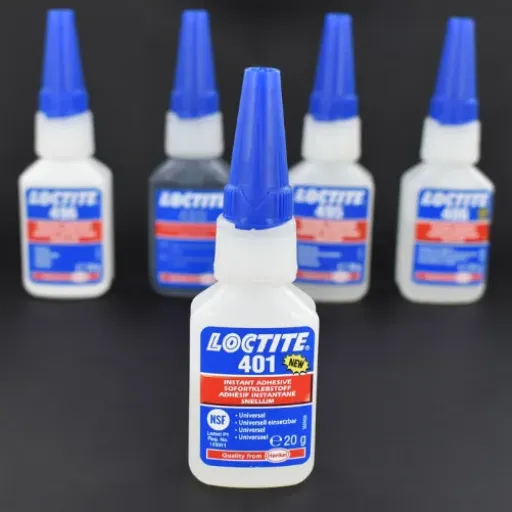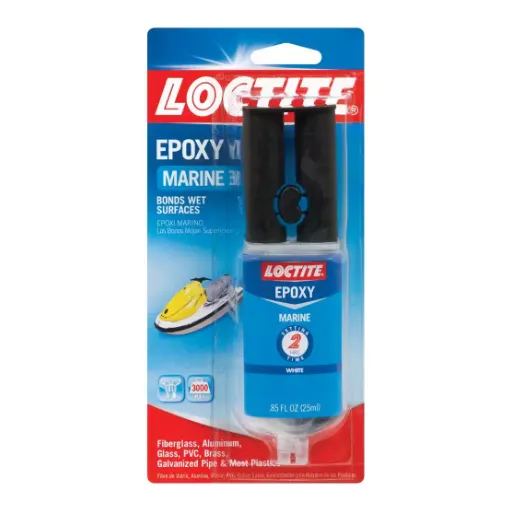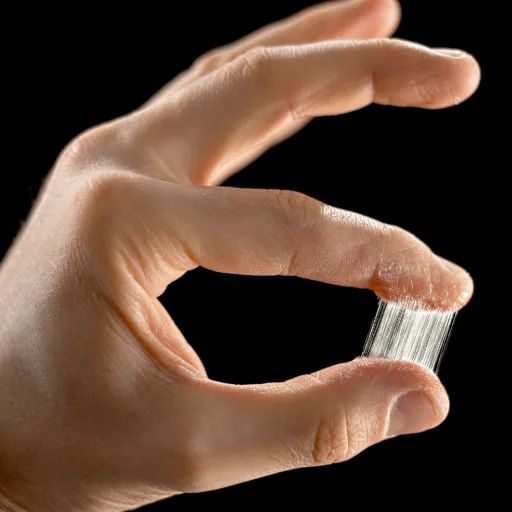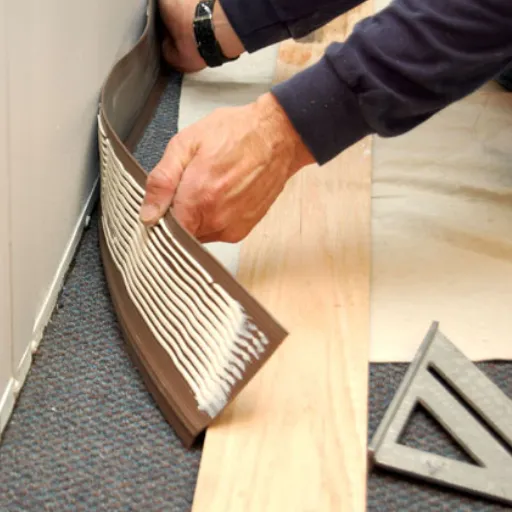In PLA, the most significant advantage is that it is widely used, to the extent that it is considered the easiest material to work with for 3D printing. In the other hand, makers, and enthusiasts find an oft-repeated question-how to join or repair PLA parts without losing any strength, appearance, or functionality? Enter: super glues. But is super glue the best solution for bonding PLA, or are there better alternatives? This article will lay down the science behind PLA bonding and analyze the pros and cons of super glue for this application. It will then offer you several techniques and methods to give you strong, reliable joins for your PLA pieces, enabling you to repair a small print or assembly bigger projects with the know-how to get professional results.
Understanding PLA Material Properties
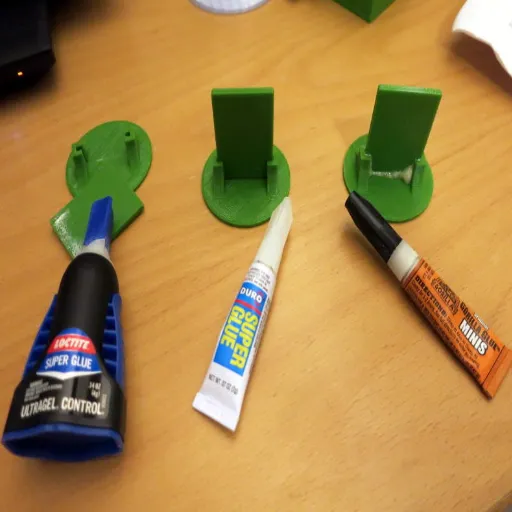
PLA, or polylactic acid, is a biodegradable thermoplastic that can be used for 3D printing. These plastics are derived from renewable sources, such as corn starch or sugarcane, and are therefore considered environmentally friendly. PLA is considered the easiest to use, with a very low melting temperature and negligible warping during printing. However, being quite brittle compared to other plastics can affect its durability. To bond PLA effectively, one needs to understand the surface, which can be smooth and non-adhesive. Surface preparation, such as sanding or applying isopropyl alcohol, is generally used to maximize adhesion.
Key Properties of PLA
Polylactic Acid, commonly known as PLA, boasts a unique combination of properties that have made it a material of choice in various applications, most noticeably in 3D printing and packaging. It is a biodegradable product, made from renewable resources such as cornstarch or sugarcane, and is therefore environmentally friendly compared to petroleum-based plastics. PLA tends to have a lower melting temperature, typically ranging from 190 to 220°C, which is advantageous for ease of processing in additive manufacturing. It is also a very safe material to work with, emitting very few or no toxic fumes when heated.
On the other hand, PLA does not possess excellent heat resistance properties; therefore, it tends to be brittle when compared to plastics like ABS. Another shortcoming is that its mechanical properties vary according to grade and processing, but it typically exhibits a tensile strength in the range of 37-60 MPa. To cater to such limitations, PLA variants generally are modified or blended with other materials to suit more demanding applications that require improved performance and durability.
Challenges in Bonding PLA Prints
Bonding PLA prints can be a little tricky due to PLA’s specific properties. It has a relatively low melting point, so excessive heat during bonding can cause deformation or warping. The surface is very smooth, so without incident preparation, strong adhesion is not viable. Surface contaminants, such as dust or oil, can prevent successful bonding. Therefore, solutions involve sanding or modifying the surface texture to increase gripping, along with a proper choice of adhesive. Cyanoacrylates and epoxy are generally the most commonly recommended glues for bonding PLA, although this may vary depending on the application.
Types of Adhesives Suitable for PLA
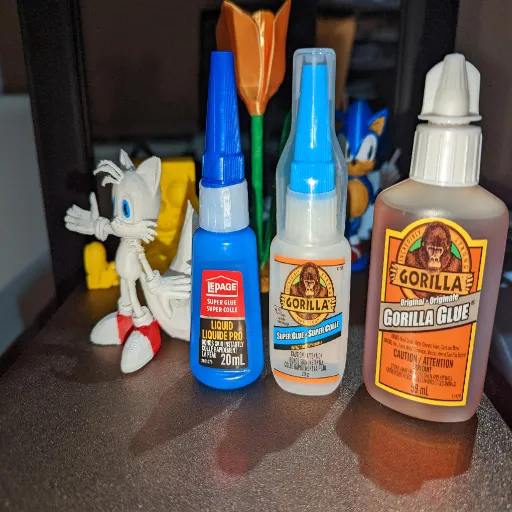
Cyanoacrylate Glue (Super Glue)
This glue is standard for use on PLA because it bonds quickly and has a superb hold. It is ideal for smaller or simpler joins and requires minimal surface preparation.
Epoxy
Epoxy glues are ideal for providing a durable bond to PLA when strength or gap-filling is required, in a two-part formulation that cures over time for added stability.
Hot Glue
In another way, hot glue creates a fleeting bond and is suitable for use where very little stress is involved in PLA applications. It is extremely easy to put on, and it can be used for non-structural purposes.
Plastic Bonders
Plastic adhesives designed explicitly for thermoplastics can also be used with PLA, providing a strong bond while resisting environmental stresses. However, make sure it’s compatible with PLA before using it.
Super Glue (Cyanoacrylate) for PLA
Super glue, or cyanoacrylate adhesive, can quickly bond with PLA parts formed due to its shorter curing time and more exceptional binding properties. It works better with small joints that are not load-bearing or for any project that requires precision. Effectiveness varies with surface tension, surface stratification, and the quality of PLA. Therefore, always ensure that the surface is clean and lightly sanded; the parts have also been well-aligned before applying any adhesive. When bonded with super glue, many applications using PLA come together reasonably well, but this adhesive is not considered beneficial for applications requiring flexibility or stress resistance over time.
Epoxy Resin: A Strong Alternative
The epoxy resins serve as an adhesive, with superior bonding strength for PLA, and very high tensile strength. When the two components are mixed, a chemical reaction occurs between them, resulting in the hardening and final bonding of the parts, which can withstand significant stress and weight. Unlike super glue, epoxy resin fulfills applications requiring long-term durability against environmental factors such as moisture, heat, and vibration. Although the bond may require anything from a few hours to a full day to cure, it ultimately provides a firm and reliable adhesion. For good adhesion, apply it evenly after thoroughly mixing the resin components onto cleaned and prepared surfaces. It is beneficial for repair purposes, structural joints, or functional parts as a good alternative to other adhesives.
Step-by-Step Guide: Using Super Glue with PLA
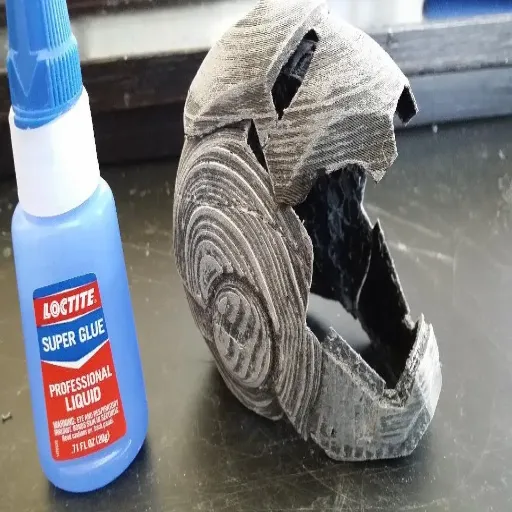
- Prepare the Surfaces: First, clean the PLA surfaces from dust, grease, or any debris. Use mild detergent and water, or isopropyl alcohol, to clean and ensure they are dry.
- Roughen the Edges (Optional): By sanding lightly, you can enhance the bond strength. Use fine-grit sandpaper to sand the areas where the glue will be applied.
- Apply the Super Glue: Carefully put a small drop of super glue onto one surface and spread it evenly for even adhesion.
- Join the Pieces: Press the PLA parts firmly together, ensuring they are aligned correctly. Hold firmly for 10-30 seconds while gluing sets.
- Allow to Cure: After joining, leave the parts undisturbed for a few more minutes until the bond is completely set. For full strength, allow the bonding for 24 hours before applying any loads/stresses onto it.
- Clean Excess Glue: Any glue that squeezes out should be wiped immediately with a damp cloth or an acetone solution, taking care not to disturb the joint.
Materials Needed for Bonding
For good bonding of PLA material with super glue, ensure you have these items on hand:
- Super Glue (Cyanoacrylate): A super glue of reasonable quality meant for general plastic applications, especially PLA.
- Sandpaper (Fine Grit): Used for light sanding of surfaces for better adhesion.
- Clamps or Weights: To press the glued pieces tightly until the glue sets.
- Cleaning Supplies: Alcohol wipes or a damp cloth to clean the surfaces before gluing.
- Acetone-Based Solution (Optional): For cleaning any excess glue that comes out during bonding.
Application and Curing Process
- Prepare the Surfaces: Ensure that both PLA surfaces are clean, free from dust, dirt, and grease. One should use an alcohol wipe or a damp cloth to clean the areas that will be bonded, and then allow them to dry completely.
- Light Sanding (Optional): Gently sand the bonding surfaces with fine-grade sandpaper to enhance adhesion. Make sure to thoroughly wash off or dust out any dust that forms while sanding.
- Apply the Glue: A thin layer of adhesive must be applied evenly onto one of the surfaces. It is recommended to avoid excessive application of glue, as it may spill during the bonding process.
- Align and Press: Carefully align the surfaces and press them together firmly. Apply pressure evenly over the bonding area using clamps or weights.
- Wipe Away Excess Glue: If excess glue has spilled at the edges, clean the area immediately with a damp cloth or an acetone-based solution, if recommended for the adhesive you are using.
- Allow Curing Time: Allow the adhesive to cure according to the manufacturer’s instructions. Some adhesives need several hours, while for stronger bonding, it is best to leave them undisturbed for 24 hours.
Potential Challenges
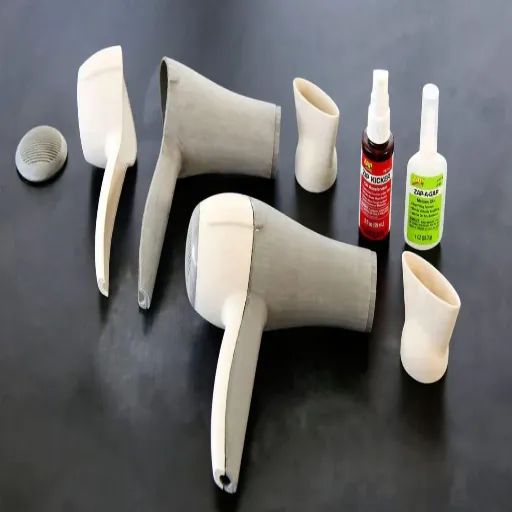
Weak Bond Strength
Improper surface preparation or insufficient curing time can cause weak bonds to set up and fail under stress.
Adhesive Compatibility
Not all adhesives are compatible with PLA materials. Always check for compatibility before applying.
Warping During Curing
PLA will warp or deform if the adhesive gets too hot while curing. Use low-temperature adhesives.
Environmental Factors
High humidity or temperature fluctuations can affect adhesive bonding. Use controlled environments.
Weak Bonds: Causes and Fixes
Weak bonds in PLA projects can be a result of many factors; each has to be carefully paid attention to for strong and lasting adhesion:
- Surface Preparation Issues: This is one of the common offenders that cause less-than-minimum bond strength. The surface of PLA may have contaminants, oils, or irregularities that prevent proper adhesion. Try sanding it very lightly and cleaning it with isopropyl alcohol; it does wonders for bond strength.
- Incorrect Adhesive Selection: Some glues may or may not work with PLA. If you choose an adhesive that is not suitable for bonding plastics, particularly PLA, it will fail. For an effective glue, consider cyanoacrylate (super glue), epoxies, or adhesives designed explicitly for PLA.
- Insufficient Curing Time: Cutting the curing time short results in weak bonds. Allow the drying and curing times stated in instruction manuals to reach the strength attributed to the glue.
- Temperature and Humidity Factors: PLA can be sensitive to environmental conditions. Temperature, moisture, and other factors can weaken the material or interfere with adhesion. Get your work ready in a controlled environment within an appropriate temperature range for the adhesive.
- Uneven or Insufficient Adhesive Application: Partial bonding, with some areas remaining weak, resulted from uneven application or insufficient adhesive application. For best results, apply a uniform layer of adhesive, then apply pressure while bonding.
Dealing with Glue Stains or Residue
Glue stains or residue can be a nuisance when working with PLA or similar materials. To remove glue stains effectively while protecting the surface, gently scrape away any excess glue with a plastic scraper or another non-abrasive tool. For the tougher glue stains, place some isopropyl alcohol or acetone on a soft cloth and rub until the glue begins to dissolve. Of course, always test on an inconspicuous location before going full force to make sure your cleaner doesn’t react with the material. A bit more environmentally conscious, one will opt for a little warm, soapy water for less heavy stains and a gentle scrub. Prevention is always better: using painter’s tape and applying glue sparingly can therefore save one from potential residue build-up.
Practical Tips for Effective Bonding
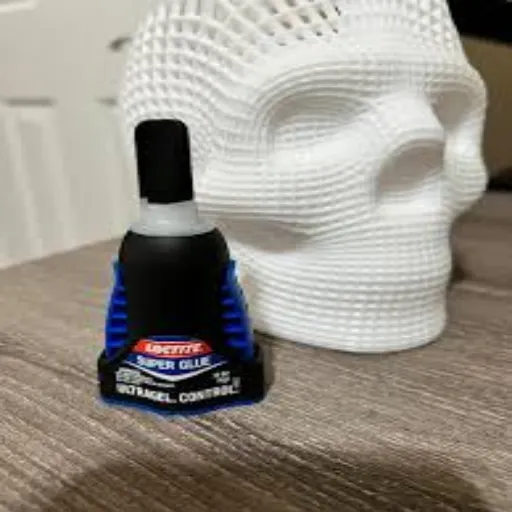
- Choose the Right Adhesive: Choose an adhesive suitable for the materials being bonded. Read the product label to ensure compatibility and long-lasting results.
- Prepare the Surfaces: Clean and dry all surfaces to be joined by adhesive. Remove dust, grease, or moisture that may interfere with good bonding.
- Apply evenly: Apply a very thin, even coat so that weak areas develop or spillage anywhere does not occur.
- Secure the Bond: Secure the bond by holding or clamping the materials together until they are fully dry or cured, as specified by the manufacturer’s instructions.
- Follow Instructions: Use an adhesive following the manufacturer’s instructions or best practice guidelines, including storage and drying times.
Using Gel-Based Super Glue
Thicker gel superglue is best suited for tasks that require precision and control. For instance, liquid glue will slowly run down a vertical surface and cannot be applied to a porous one. The thick gel provides more handling time compared to its fast-liquid counterpart and reduces the chances of making a mess. While applying gel superglue:
- Prepare Surfaces: Ensure surfaces are clean, dry, and free from dust for optimal adhesion.
- Apply with Care: Dispense the gel adhesive sparingly to avoid any overflow. A small quantity of gel works perfectly fine.
- Align and Secure: Position the materials carefully before pressing them together, holding them firmly, or clamping them if necessary, until they set.
- Curing Time: Allow sufficient time to cure according to the product instructions; gel formulas may bond slightly slower than liquid glues.
Testing on Scrap PLA Pieces
Sacrificial pieces of PLA may be tested; initially, care was taken to ensure that each surface was clean and free of dust or any other residue. A small amount of the gel super glue was applied to a piece, and they were pressed together; then, they were clamped to prevent movement. After their curing period, the bonds were gently pressed and found to hold securely, demonstrating the secure bonding of PLA with the adhesive.
Reference Sources
Here are five authoritative and professional titles you may consult to verify the correctness of your article: “Can You Super Glue PLA?” With their academic nature, these sources provide ample research material:
- Use of Cyanoacrylate (Super Glue) for Fixation and Prefabrication
The study examines cyanoacrylate adhesives, including their properties and applications, which may provide insight into their compatibility with materials such as PLA. - PLATech Overview: Tailored Polylactic Acid Polymer Formulations
This work presents a comprehensive treatise on PLA properties in relation to its applications in adhesion, providing additional information on its compatibility with adhesives. - Adhesion Optimization Between Incompatible Polymers
This research aims to improve the adhesive strength between PLA and other materials, thereby increasing the understanding of super glue interactions with PLA. - Improving Interfacial Adhesion of PLA Composites
This study focuses on approaches to enhancing the bonding properties of PLA composites, providing valuable insights into the challenges and solutions in adhesive applications. - Ultra-Strong Bio-Glue from Genetically Engineered Polypeptides
While not directly addressing PLA, this review provides a more general examination of adhesive technology and its advancements, which can prove valuable in understanding the applicability of super glue to PLA.
Frequently Asked Questions (FAQs)
Can you superglue PLA?
Yes, you can superglue PLA. Using instant adhesives, such as Loctite Super Glue, is a popular method for bonding PLA prints. These adhesives provide a strong bond when applied correctly, making them suitable for gluing 3D printed parts together.
What is the best super glue for PLA?
The best super glue for PLA is often considered to be Loctite super glue, as it is versatile and sets quickly. It can effectively bond printed parts, especially when the surface area is adequately prepared for optimal adhesion.
How do you prepare the surface for gluing PLA prints?
To prepare the surface for gluing PLA prints, ensure that the surfaces are clean and free of dust or grease. You can lightly sand the areas that will be glued to create a rougher texture, which can help the adhesive adhere better. A little glue goes a long way, so apply it sparingly.
Can I use baking soda with super glue on PLA?
Yes, using baking soda with super glue is a common technique to fill gaps when gluing PLA prints. The baking soda acts as a filler, allowing the glue to set quickly and create a stronger bond. This method can be beneficial for larger gaps that require extra support.
Is there a specific technique for gluing PLA prints together?
When gluing PLA prints together, it’s recommended to apply a small amount of super glue to one surface and press the parts together firmly. For better control, you can use a needle to apply the glue precisely. Allow the adhesive to set according to the manufacturer’s instructions for the best results.
What should I do if I need to remove super glue from PLA?
If you need to remove super glue from PLA, you can use a solvent such as acetone or a commercial glue remover. Methylene chloride is also effective but should be used with caution. Apply the remover to a cloth and gently rub the area until the adhesive breaks down, taking care not to damage the PLA surface.
Can I use spray adhesive on PLA prints?
While spray adhesives can be used on various materials, they may not provide the same strong bond as super glue for PLA. If you want to use a spray adhesive, ensure it is compatible with plastics and suitable for your application. Always test on a small area first.
Are there any alternatives to super glue for gluing plastics like PLA?
Yes, alternatives to super glue for gluing PLA include epoxy and specialized plastic adhesives designed for 3D printed parts. These adhesives may require longer set times but can be more effective for specific applications, especially when bonding larger prints or when flexibility is desired.
What are some tips for effective gluing of PLA?
To ensure effective gluing of PLA, consider the following tips: clean the surfaces thoroughly, use the right adhesive for your project, and apply the glue evenly. Also, consider using gel control formulas for better application and control. Patience is key; allowing the adhesive to cure fully will yield the best results.







